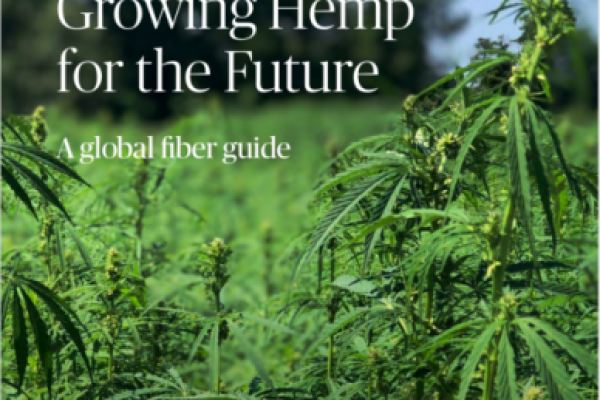
Changing climatic conditions are projected to affect food security from the local to global level. The predictability in rainy season patterns will be reduced, while the frequency and intensity of severe weather events such as floods, cyclones and hurricanes will increase; other predicted effects will include prolonged drought in some regions; and water shortages; and changes in the location and incidence of pest and disease outbreaks. Growing demand for biofuels from crops can place additional pressure on the natural resource base. New policy driven options are required to address the emerging challenges of attaining improved food security.
The first two chapters of this book presents historical evidence of relationship between climate and food security, as well as current challenges of world food security posed by climate change. The “introduction” chapter highlights the need for baseline diagnostics on impacts, vulnerability and resiliency patterns and decision making under uncertainty. Chapter 2 elaborates on the impacts of climate change on agriculture and stresses how to effectively address these impacts, focusing on ecosystem goods
and services and social well being. The chapter on “the setting: baseline information” underlines that mapping, such as capacity to cope in a country, is as important as mapping vulnerabilities to climate variability and change.
Climate change adaptation strategies are now a matter of urgency. Many potential adaptation options in agriculture have mitigation synergies, and similarly, several mitigation options for climate change could generate significant benefits for both food security and adaptation. Chapter 3 on “Adaptation and mitigation” introduces the “four laws of ecology” and presents their continuing relevance to policy-makers when they identify, develop and implement adaptation and mitigation strategies.
In regard to climate change and the likelihood that future characteristics of climate will change in unknown ways, the existing “best practices” should be viewed as providing a source of tactical short-term response to a changing environment as opposed to untested strategic long-term responses.
Chapter 4 on “What to do at the national level” elaborates the fact that climate impacts and response mechanisms in the near term future are likely to be similar to those of the recent past, barring any abrupt changes in the atmosphere’s local and global climatic characteristics.
Most climate impacts of concern to policy-makers are local. Adaptation and mitigation measures, which require poverty reduction and food security, must be customized to benefit the neediest of the needy.
Chapter 5 on “Short-term and long-term policy options” focuses on decision making under uncertainties; improved ways of identifying most at-risk communities and coping with current climate variability and extremes; and improved ways of integrating present-day tactical and “best practice” responses with the
longer-term strategic needs.
The conclusion has key take-home messages from the FAO high level conference on “World Food Security: The Challenges of Climate Change and Bioenergy” are presented along with closing thoughts about having “no adaptation recommendations without ramifications” as well as suggestions for policy-driven strategic thinking about adaptation to and mitigation of climate change with a focus on improved food security.
The book can be downloaded from FAO website [link]



